news
Stage one: glazing of a balcony or loggia
How does the insulation of the balcony begin? Glazing, of course. First of all, for glazing of balconies and loggias you need to reliably isolate the balcony from the outside world, create an "autonomous" space. There is no need to glass the loggia with standard window blocks. With our help, you can create a panorama that will turn it into an airship wheelhouse or a winter garden. With all the ensuing prospects. Although, if you do not want to amaze the world with finishing a balcony or loggia, you can limit yourself to classic window systems. We would like to warn you right away. We value our reputation, so we do not seek to save on it. It is dangerous, uneconomical and impractical to install balcony windows in one sheet. Therefore, we do not do this! Dangerous because glass alone does not have sufficient stability for structures of this size. It is uneconomical, because saving on glass when decorating a balcony will pay three times more on your heating bill. It is impractical, because you will not be able to use the balcony as planned for the first two reasons.
Stage two: insulation of a loggia or balcony

Even having installed a 5-chamber double-glazed window, exclude work on warming the loggia perimeter is not allowed. Finishing the loggia without insulation will only be decorative in nature, because in winter it will be impossible to stay there due to the extreme cold. Although the Loggia is protected from both sides by capital ists, it will be subject to frontal "attacks" of cold air, wind and rain. The balcony will be blown by all winds. Even a deaf, but non-insulated inner outline will not save from this. Therefore, we strongly advise you to do the insulation of the loggia "close" in the very literally this word.
Loggia wall decoration made with various insulation materials. For this purpose we use environmentally friendly, moisture resistant thermal insulation materials, which not only protect from external influences, but also retain the accumulated heat. For maximum effect, you need to insulate the floor and ceiling. Underfloor heating is the best option.
Floor insulation on the loggia carried out in two ways - this can be the creation of a thermal insulation system using heaters, or the installation of a warm floor, which will play the role of a heater and a heater.
Insulation of the ceiling on the loggia is also a very important stage in the work on its interior decoration... The ceiling can be protected by the same means as the walls.
Interior decoration of loggias is a very complex and time-consuming process that should be entrusted to real professionals. Self-made arrangement of the loggia can lead to unsatisfactory results and, as a result, to significant material and time costs.
Stage three: finishing the balcony and stylish decorations
 For many years engaged in insulation and decoration of balconies and loggias, we have created a gallery of unique design projects that allow you to give the room a given style and functionality. Decorating loggias in Moscow from the "Window to the XXI century" Company is a unique job available to everyone.
For many years engaged in insulation and decoration of balconies and loggias, we have created a gallery of unique design projects that allow you to give the room a given style and functionality. Decorating loggias in Moscow from the "Window to the XXI century" Company is a unique job available to everyone.
Why Choose Us?
Leaving to order to repair a balcony or loggia, our experts are forced to state the fact that renovation work associated exclusively with the incompetence of the previous finisher. The disturbed sequence of operations does not allow you to feel the desired comfort. Alteration takes more time and effort, and accordingly, the financial burden on the client increases.
We would like to protect you from a rash step and invite you to order from us finishing of a balcony or loggia "turnkey"... In this case, you can be sure that a full-fledged office, a children's corner or a terrace flooded with light will appear in the place of the master's balcony or loggia. You have the right to independently choose the color scheme of the panels. It could be finishing the balcony under a stone, wood, wallpaper or decorative plaster depending on the client's wishes. A creative approach to any architectural solutions, the professionalism of the performers and our reasonable prices will allow you to feel grateful satisfaction, will reward a hundredfold for your financial and nervous efforts.
Different types of panel colors ()
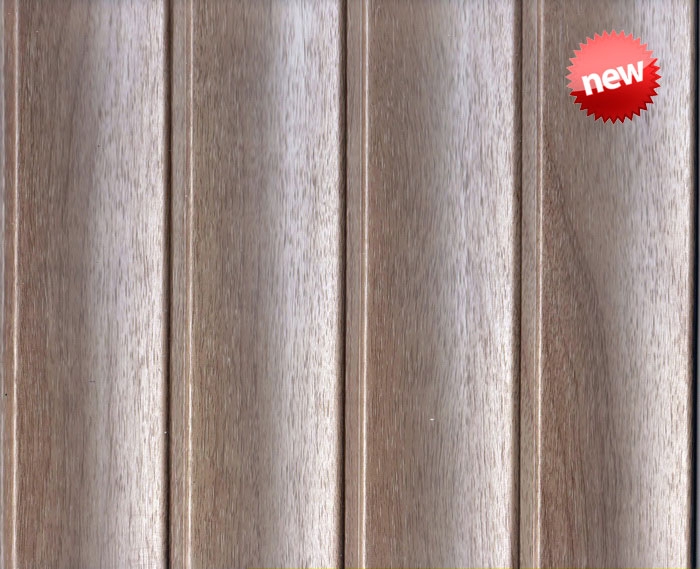
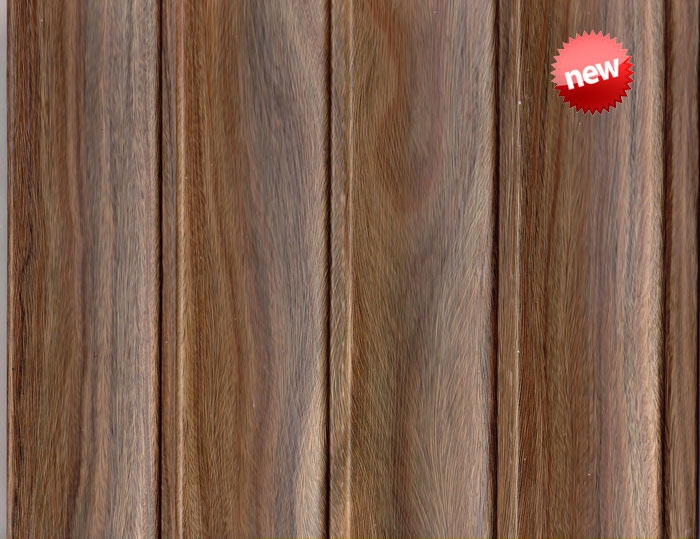
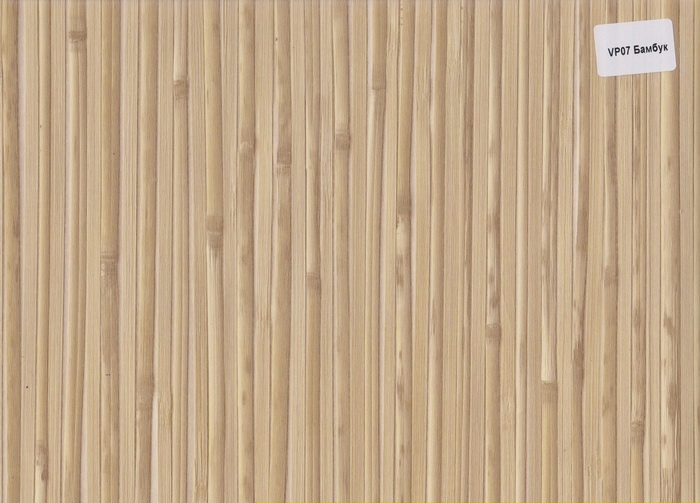


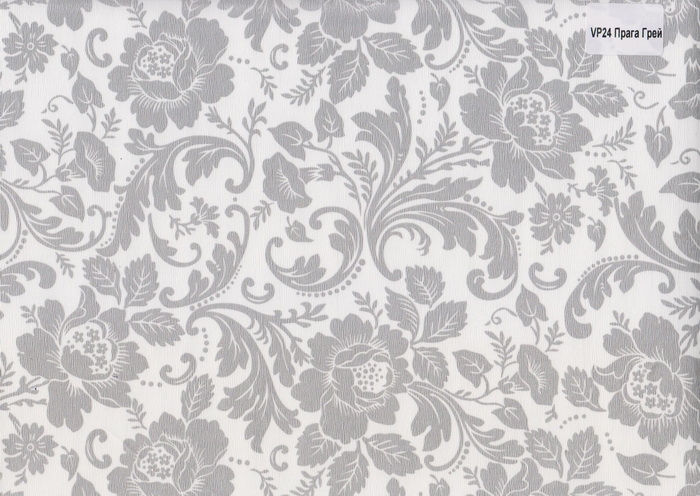
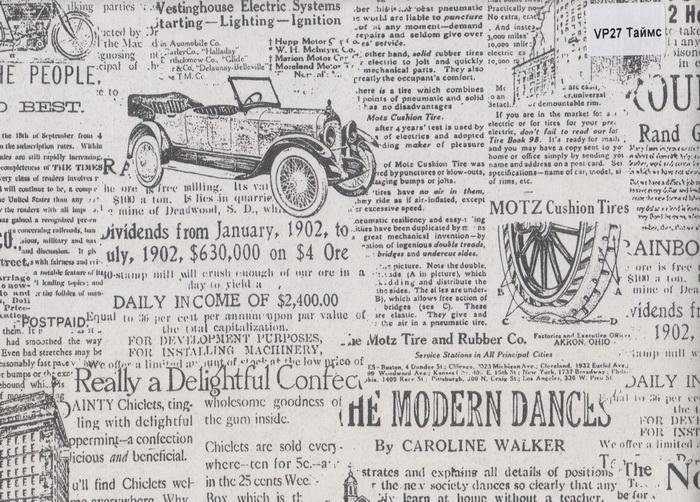
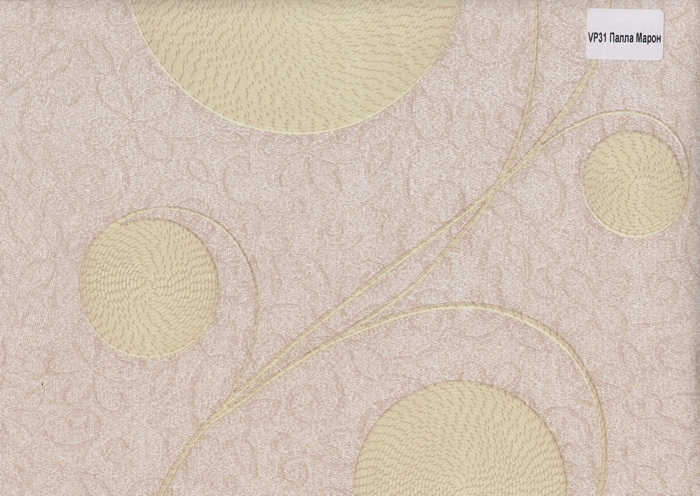
Our last works ()
We understand what to do final choice in favor of this or that company is possible only by seeing the work already completed. We suggest that you familiarize yourself with our projects, within the framework of which complex finishing of the glazed loggia from the inside... Below are photos of some of our latest works on insulation and finishing of balconies and loggias. You will find even more photos in the corresponding section of our "".
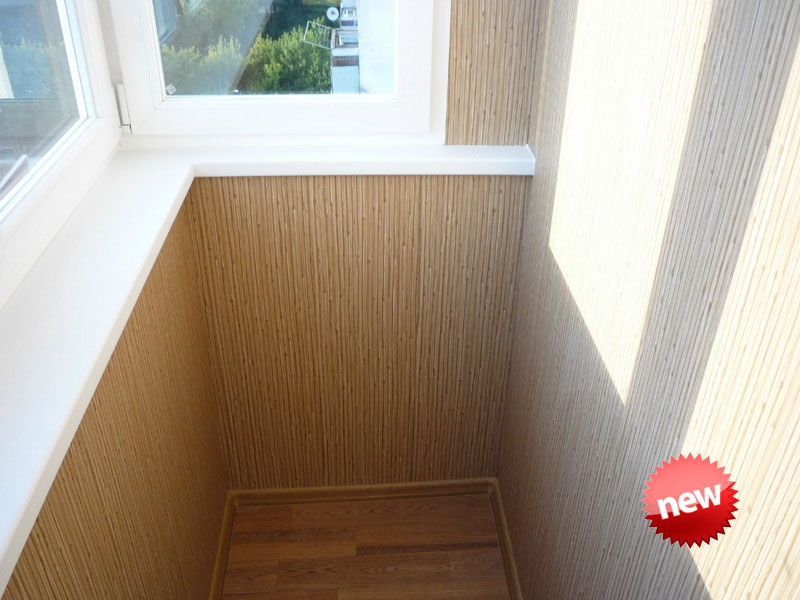
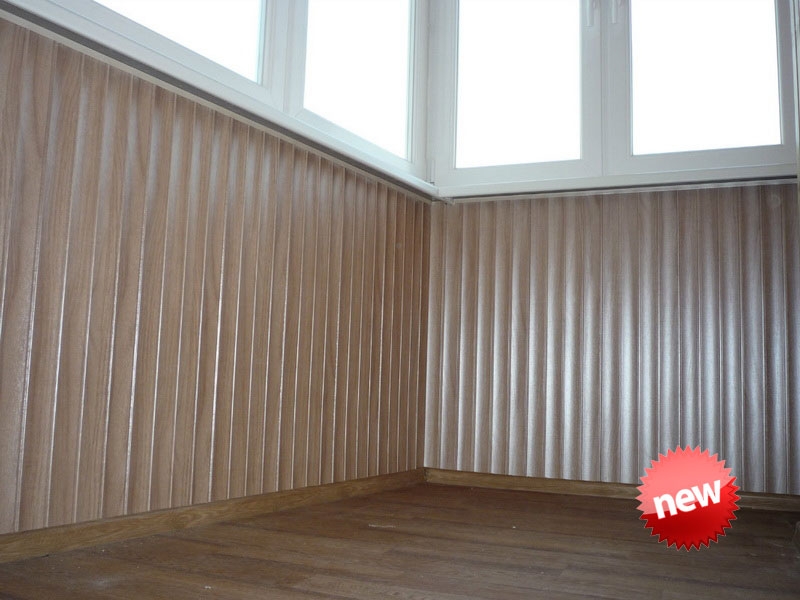
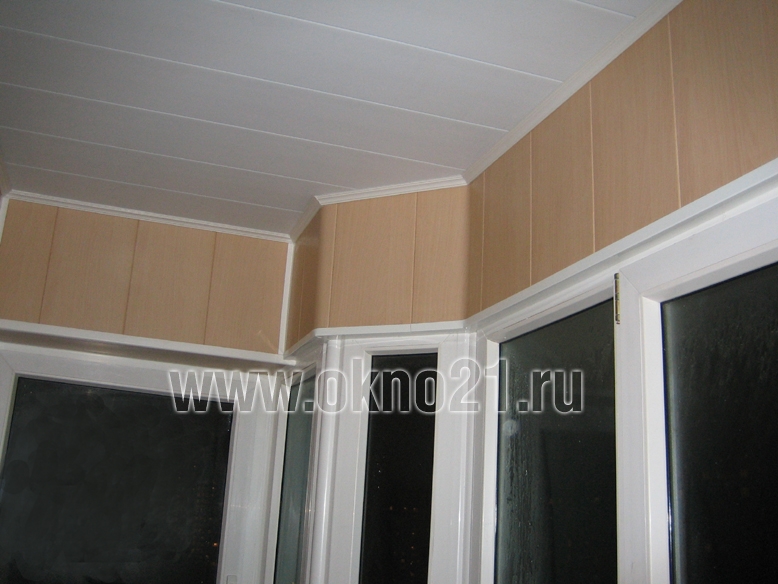
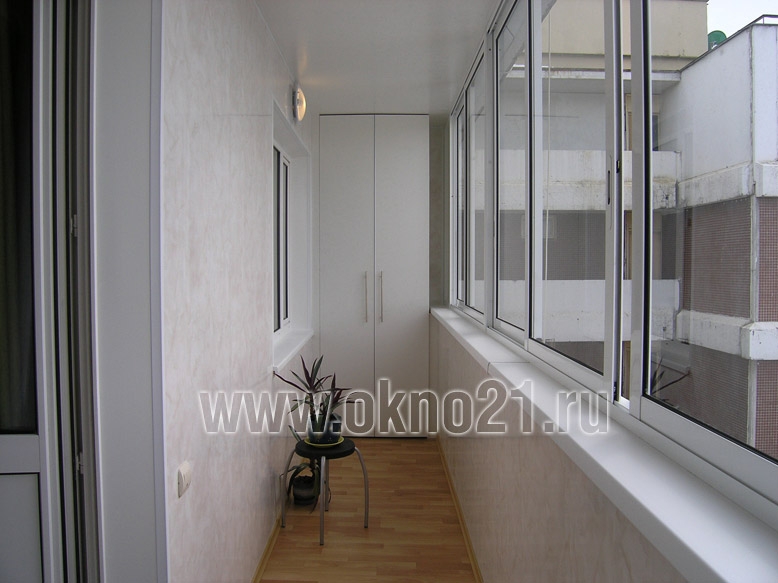
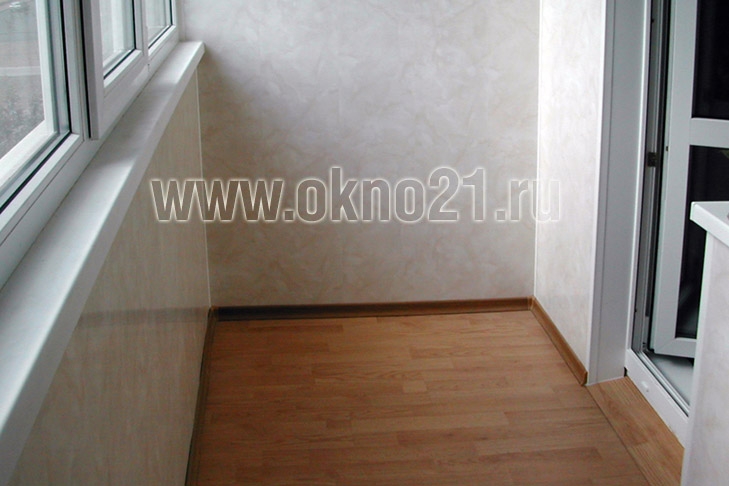

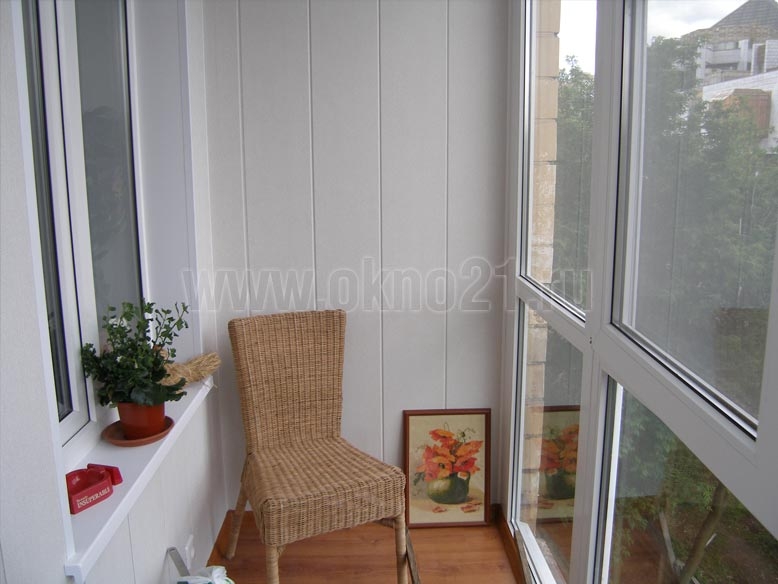
A balcony in a modern apartment is a fairly functional room, therefore, such a question as insulation and decoration of the balcony is important, and its solution should be approached very responsibly. Especially if you want to increase the total living space due to the balcony. Compliance with the basic rules of insulation and decoration will help turn the balcony into a cozy and beautiful lounge.
Balcony insulation work, as a rule, begins with the dismantling of the previous finish, old window frames and the installation of new double-glazed windows - this will significantly reduce heat loss and increase the room temperature by several degrees. Then you should start insulating the floor, walls and ceiling. Before starting work on the replacement of double-glazed windows, you should decide on the material of the window profile (wood, aluminum or PVC profile) and additionally strengthen the balcony parapet with reinforcement. PVC profile is the best option. It has a high level of thermal conductivity, is not subject to moisture and temperature extremes, corrosion and decay.
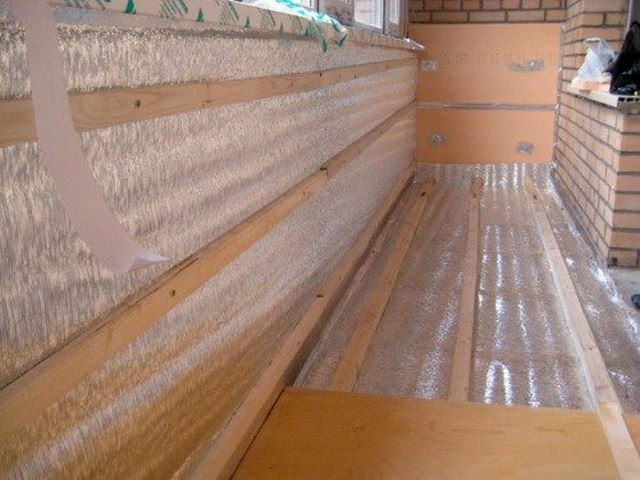
The main types of windows:
- with two-, three-, four-, five-chamber double-glazed windows;
- with an extended profile;
- with hinged doors;
- with a sliding or swing-out system.
The window profile can be not only metal-plastic, but also wooden. Modern wooden frames significantly differ from their predecessors - they are tailored in size, have a beautiful appearance, high-quality fittings and mechanisms similar to plastic models. However, wood is a non-hermetic material, so its use is more justified in regions with a warm climate. Well-made glazing not only retains heat, but also reliably protects the room from wind, rain, dust. Therefore, you should choose not only the profile, but also the thickness of the glass. The optimal solution will be glass with energy-saving coatings, which are reflective and have a higher level of thermal insulation.
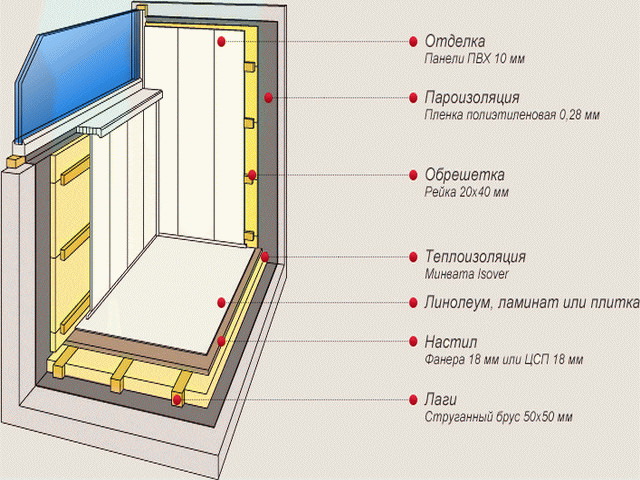
To complete this stage of work, we recommend using the services of specialized firms, since without certain skills and experience it is difficult to quality, and most importantly, to correctly install window profiles.
The algorithm for warming a balcony with your own hands includes:
- Clearing the area from foreign objects.
- Dismantling of old structures, strengthening the parapet (especially important for old buildings).
- Installation of a new window profile, heat-saving glass units.
- Electrical wiring, heating system installation.
- Selection of insulating materials, floor, wall, ceiling insulation.
- Decorative surface finish.
If all the work is done independently, you will need the following tools: drill, hammer drill, screwdriver, building level, square, tape measure, drywall knife, electric jigsaw.
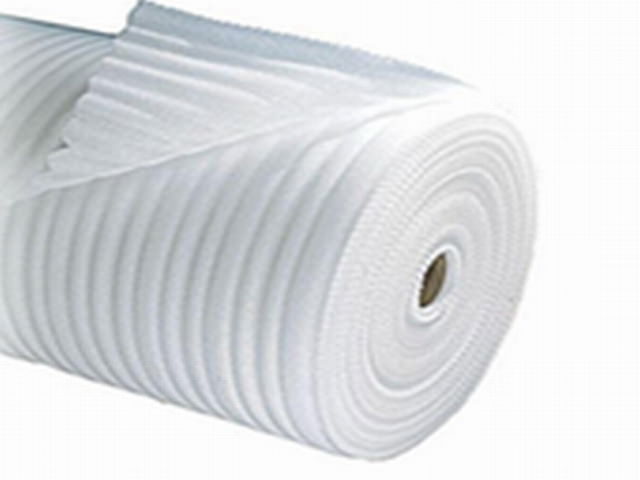
The main types of insulating materials for warming a loggia or balcony
The modern market offers a wide variety of materials with which you can perform high-quality insulation of balconies or loggias, but the most popular are: foam plastic, polystyrene, mineral wool, expanded clay, foil-clad polyethylene, isolon, penofol. The choice of insulating material directly depends on the operating conditions, base and number of storeys in the balcony. For example, in high humidity, mineral wool cannot be used, as it is prone to the accumulation of water vapor, which provokes damage to the coating and contributes to the formation of mold during operation. The best option would be to use expanded polystyrene, penofol or isolon as a heater. Polyfoam, despite the affordable price and ease of installation, has one significant drawback - rapid flammability, therefore, it is preferable to use more modern insulating materials with a high level of fire resistance. Extruded polystyrene foam is a modern insulating material that is characterized by ease of installation, durability and moisture resistance. Its only drawback is its high cost, which, by the way, is fully justified by the ease of use and high quality of thermal insulation. The choice of material also depends on the season of work, because some insulating materials change their operational properties under the influence of dampness or negative temperatures.
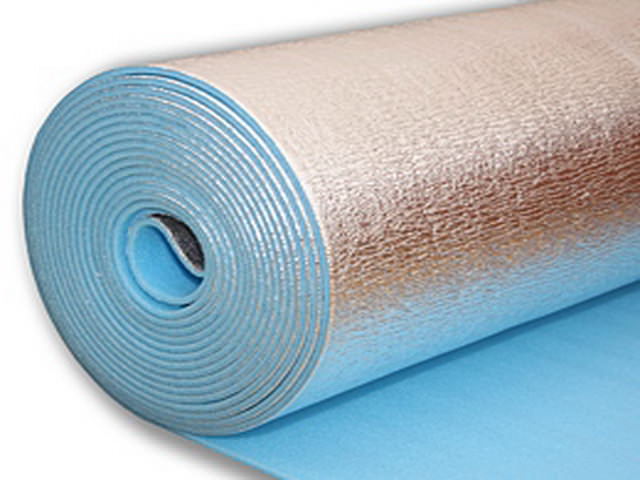
If the balcony is insulated in spring or autumn, take into account the high humidity, which complicates the process of gluing the layers and adversely affects the performance of most insulating materials (with the exception of polystyrene, penofol and penoplex). In this case, the main work must be started from the top, because the insulation of the ceiling will allow you to continue working even in case of sudden rain. If insulation work must be done in the winter (if the air temperature is not lower than 20 degrees), then you should use special glue and adhesive cement mixtures, which, unlike conventional cement, do not freeze, but solidify even at low temperatures.
It is important - polyurethane foam should also be selected, taking into account the temperature regime, since some of its types are destroyed by frost.
Basic rules for floor insulation
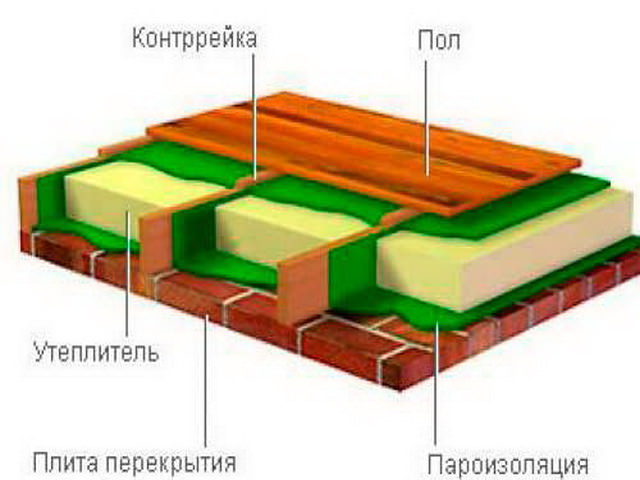
If you want to insulate your balcony with high quality, special attention should be paid to the arrangement of the floor. To complete this stage, you will at least need: wooden slats, self-tapping screws, polyurethane foam, insulation. Floor insulation consists in leveling it, laying a waterproofing layer (with the obligatory processing of joints with a sealant), a heat insulator, pouring a concrete screed (if necessary on this stage an underfloor heating system can be installed) and finishing.Advice: if it is not possible to fill the screed, you can skip this step. Then you need to lay special logs (wooden slabs), between which you should place a heat-insulating layer (for example, expanded clay or penoplex). From above the logs are covered with chipboard or plywood, then you can start finishing the floor. To insulate the floor of the loggia, you can use an inexpensive insulating material - expanded clay, which, in addition to thermal insulation properties, raises the floor level, which is very convenient when expanding the living space due to the loggia. In addition, its use does not require the use of a waterproofing layer, it is enough to use a vapor barrier film on which expanded clay is placed, covered with a reinforcing mesh. The tightness of the structure is ensured by pouring a cement mortar, which, when solidified, forms a solid, even surface. As flooring you can use linoleum, laminate or tiles.
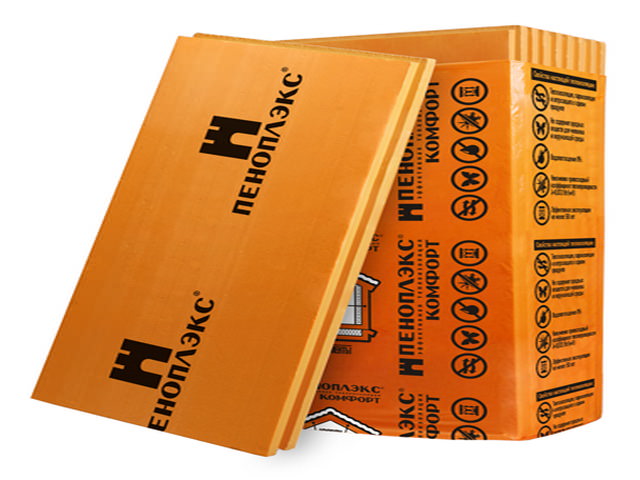
The list of works at this stage includes:
- cleaning the surface from debris and dust;
- sealing cracks and cracks (using sealant, polyurethane foam or polyurethane mastic);
- high-quality steam and waterproofing;
- installation of a wooden frame;
- installation of a heat-insulating layer;
- fixing base boards;
- decorative interior decoration.
- Balcony wall insulation
Before proceeding with the insulation of the walls, you should treat the surface with a special antifungal solution and carefully seal all the cracks on the balcony. For this purpose, polyurethane sealants and mastics are most suitable, which have high plasticity and frost resistance. Then you can proceed with the installation of the vapor barrier film (the joint seams are glued with a special construction vapor barrier tape). This is followed by the installation of a wooden or metal lathing and laying out the selected insulation (for example, polystyrene, polystyrene foam). The final stage will be the sheathing of the frame profile with moisture-resistant sheet materials (plywood, drywall) and decorative finishing walls Pay attention - if the wall of the loggia faces the street, you should use a double layer of insulation. If penoplex was chosen as insulation, you should make sure that the joint seams of the layers do not match.
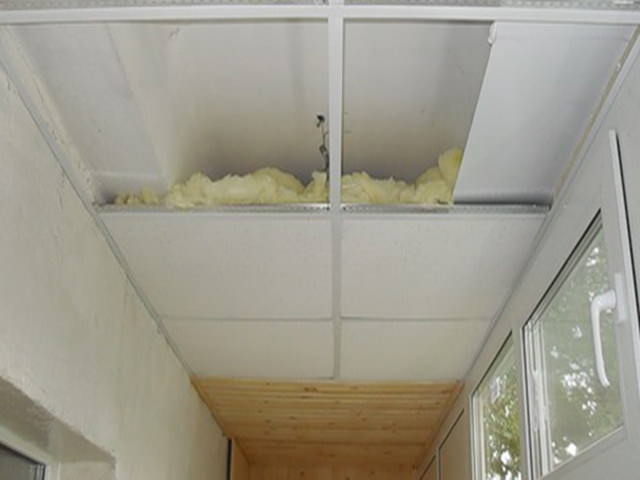
Basic principles of ceiling insulation
Ceiling insulation is an important aspect that cannot be ignored. Especially if you do not have neighbors from above - in this case, in addition to insulation work, you should choose high-quality roofing material.
Advice: Before starting work on the inside of the roof, it is recommended to apply a special soundproofing coating.
In any case, the choice of materials for roof insulation depends on many factors - climatic zone, wind direction, cardinal direction.
The roof insulation algorithm includes installation:
- waterproofing layer;
- windproof membrane;
- anti-condensation layer (for additional protection of insulation materials);
- wooden frame;
- thermal insulation materials;
- additional vapor barrier for insulation.
Ceiling insulation is carried out in the following sequence:
- Installation metal frame (suspensions).
- Laying a vapor barrier layer.
- Fastening of insulation (polystyrene, isolon, penoplex).
- Application of foil-clad insulating layer.
- Finishing finish.

How to avoid mistakes when insulating a balcony
Please note that when performing any construction works the technology and recommendations of the manufacturers should be strictly followed. Even if you have certain skills, this is a complex multi-stage process that requires compliance with all technological conditions. This is especially true for insulating the balcony with your own hands, because any mistakes will affect the final result. So, when insulating the "outside the window" area, observe the order of the layers - the vapor barrier is installed only after the heat-insulating layer, and not vice versa. The presence of a vapor barrier is a prerequisite that reduces the risk of destruction of insulating materials under the influence of moisture. Replacing double-glazed windows and installing a heating system without internal insulation will not reduce energy costs and is an ineffective way to save heat. The use of low-quality materials contributes to heat loss, therefore, the choice of building materials should be approached as responsibly as possible.
Excessive haste also affects the quality of insulation - non-compliance with technology, insufficient sealing of the cracks with a sealant, ignoring the rules of waterproofing, of course, affect the final result.
Methods for additional insulation of the balcony
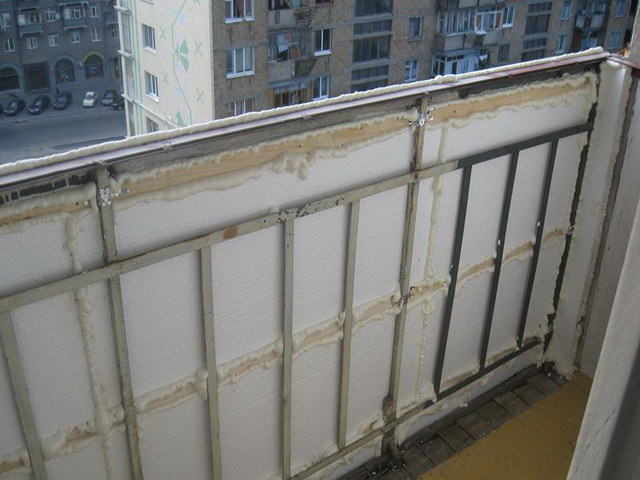
If you plan to use your balcony as a living room or rest area, you should take care of additional heating. In order for the temperature to be comfortable even in severe frosts, it is necessary to install an additional heat source: a radiator, air conditioner or underfloor heating system. Please note: you can combine the heating method, for example, if an air conditioner is installed in the room, then it is enough to install a warm floor on the balcony to maintain a comfortable temperature. However, if the apartment is heated with a central or autonomous heating, batteries should also be installed on the balcony.
Decorative finishing of the insulated loggia
Correctly performed insulation and finishing of the loggia with your own hands will not only reduce heat loss, but also save money. For decorative finishing of a loggia or balcony, the most popular is drywall and plastic panels... Moisture resistant plasterboard is one of the best ways to decorate a balcony. It is easy to install and suitable for further decorative finishing (painting, plastering, wallpapering, tiling or artificial stone). decorative panels also has many advantages. Their distinctive characteristics are: ease of installation (even a beginner can work), a large selection of colors, moisture resistance, frost resistance, durability, ease of maintenance.
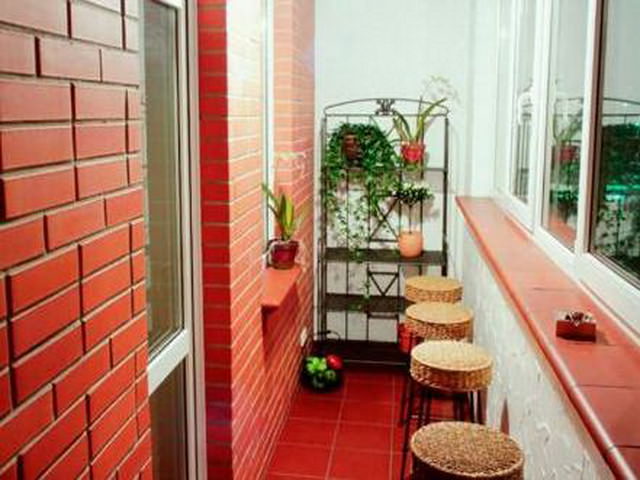
The decorative panel finishing procedure consists of several stages:
- Surface preparation: dismantling the previous coating, removing traces of mold (if necessary).
- Installation of a wooden frame.
- Fixing panels (work is carried out from the doorway, along the wall, the outer side of the sheets is fixed with special brackets).
- Installation of skirting boards, window and door openings.
Please note that the panels can be used for decorative finishing of the ceiling (in this case, they are fixed not along, but across) Having studied the features of the loggia and balcony insulation, you can independently perform all the basic work, which will expand the living space of the apartment, creating comfortable conditions for relaxation , make a study or a corner for needlework. Warming and decorative finishing of the balcony is not particularly difficult, so all you need is desire and availability necessary materials and tools.
Many modern apartments are not large. Therefore, to increase their living space, apartment owners increasingly began to remodel balconies and loggias for additional full-fledged rooms or connect them with living rooms and kitchen.
Insulation and decoration of the loggia or balcony from the inside allows you to get rid of dampness and drafts in the apartment.
Materials for thermal insulation and interior cladding
- the insulation should be as light as possible so as not to exert additional stress on the concrete base slab (this recommendation applies only to balconies, when insulating a loggia, the weight of the material does not play a big role);
- the high strength of the heat insulator is a prerequisite for this type of work, temperature drops should not render it unusable.
Most often, the balcony and loggia are insulated with mineral wool and foam, and one of the types of lining is chosen as the facing material.
Mineral wool
This material has a chaotic fibrous structure. Due to its composition, it has many advantages:

- low thermal conductivity;
- good strength, durability;
- combustion resistance, resistance to temperature changes;
- environmental friendliness, resistance to mold, fungus, insects and rodents;
- due to the ability to pass steam, walls insulated with mineral wool "breathe".
Minvata is an inexpensive material. Its installation is simple: it is not difficult to insulate the balcony with your own hands. This material is a good sound insulator.
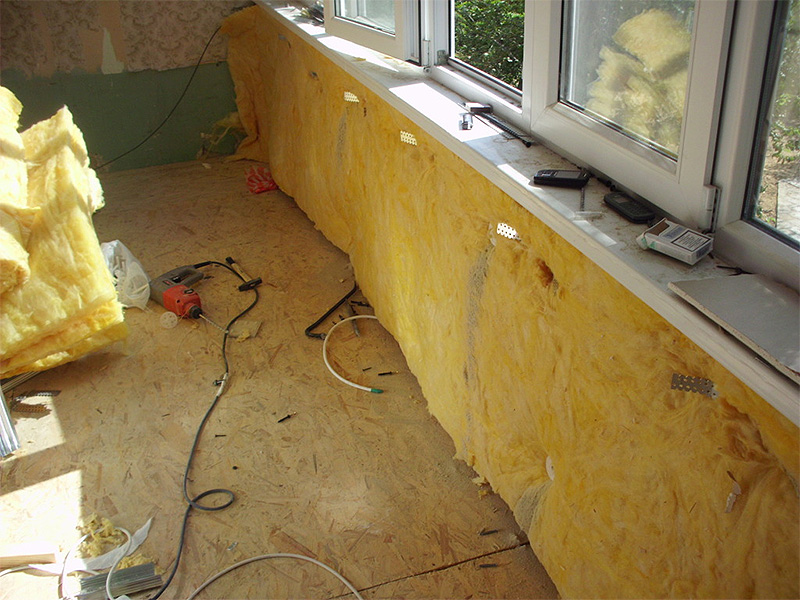
Disadvantages: if moisture gets in, the mineral wool loses its thermal properties, you must use protective equipment (gloves, respirator, glasses).
Styrofoam
The material has high density and low thermal conductivity. It is lightweight, does not weigh down the concrete components of the balcony and loggia. Low cost, combined with such advantages as: resistance to mold and mildew, temperature extremes, ease of installation - made foam one of the most popular heaters.
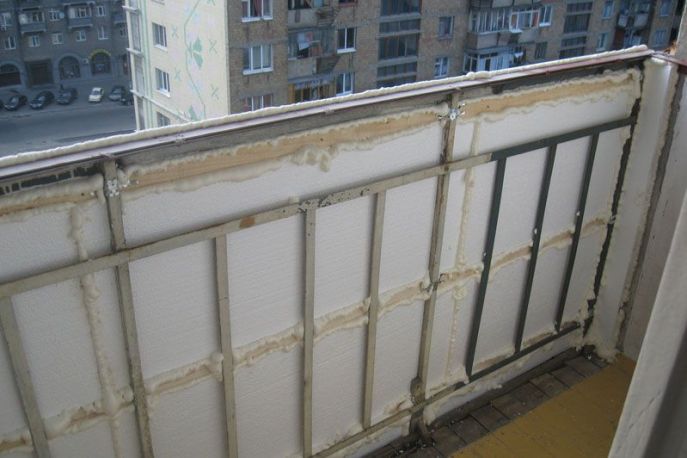
Disadvantages: air tightness, instability to treatment with nitro paints and coatings on this basis.
Lining
Lining is one of the most popular materials for cladding a balcony from the inside. It can be plastic, wooden, MDF.
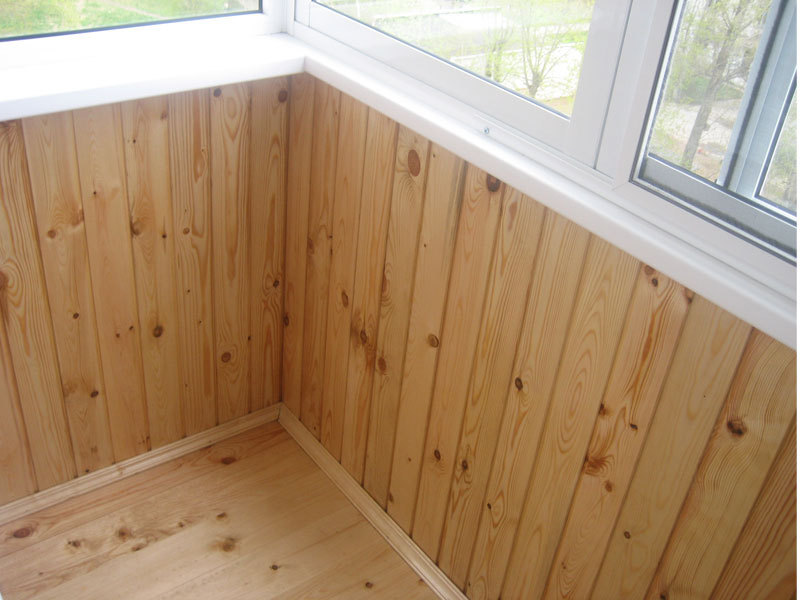
Plastic lining has many advantages: it does not need to be painted regularly, it is simply mounted, creates good sound insulation, a rich color palette will help you choose the material of the desired shade, and take care of it easily. But it does not look as impressive as a wooden or MDF lining.
Wooden lining is made of linden, alder, pine. The balcony and loggia, decorated with such material, look very attractive and cozy. In any weather, you will feel comfortable in such a room. Have wooden lining long service life.
Disadvantages - high cost, complicated installation, regular treatment with antiseptic compounds.
MDF lining is made of wood fibers and covered with PVC foil imitating wood texture. It does not need to be systematically treated with antiseptics.
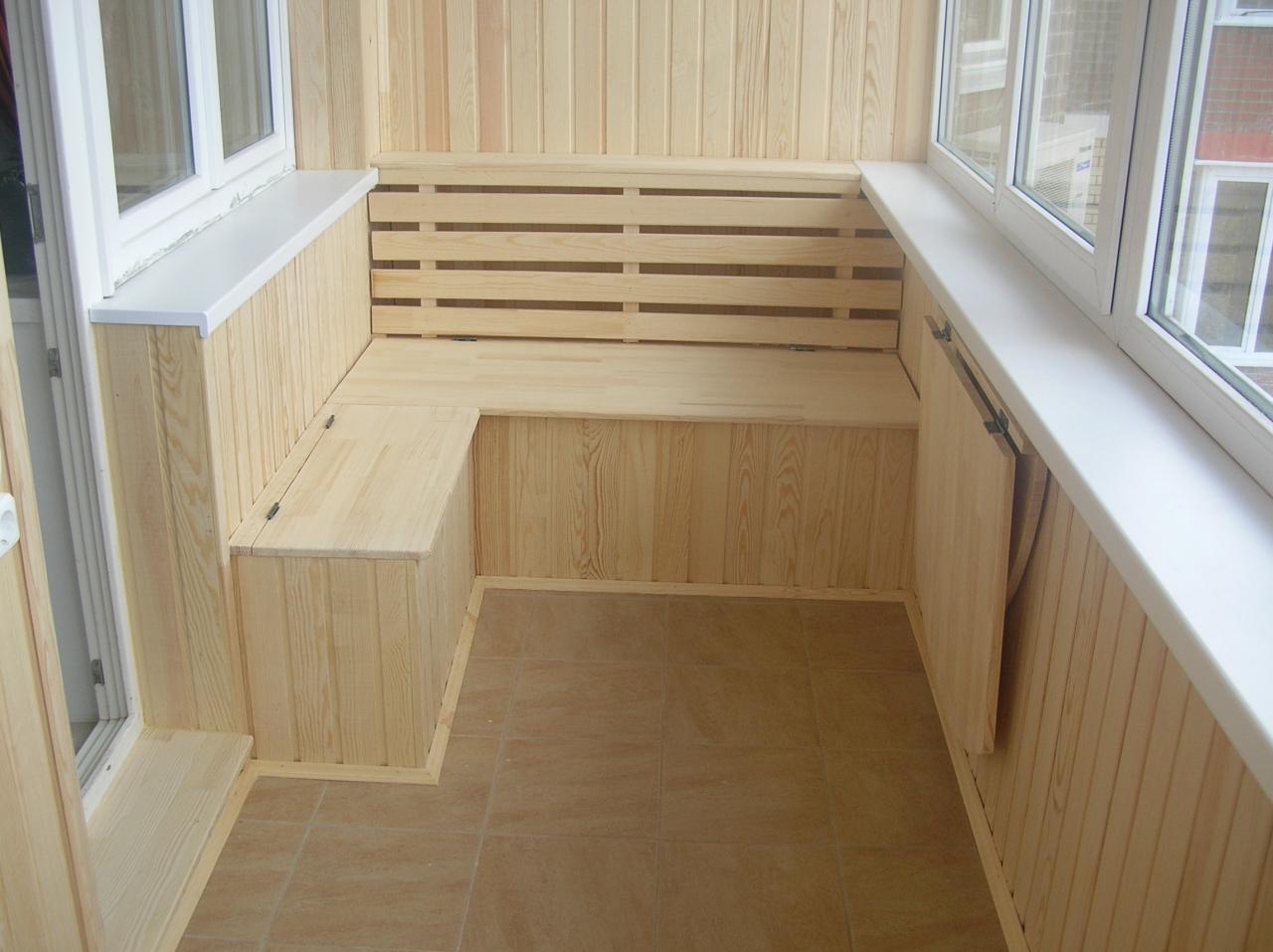
This material has high heat and sound insulation. It will last at least 25 years. If desired, you can change the color of the lining by covering it with varnish.
Internal insulation technology
External insulation of a balcony in high-rise buildings is a job for professionals. For an ordinary person, its implementation threatens health and life. But the internal insulation and decoration can be done by hand.
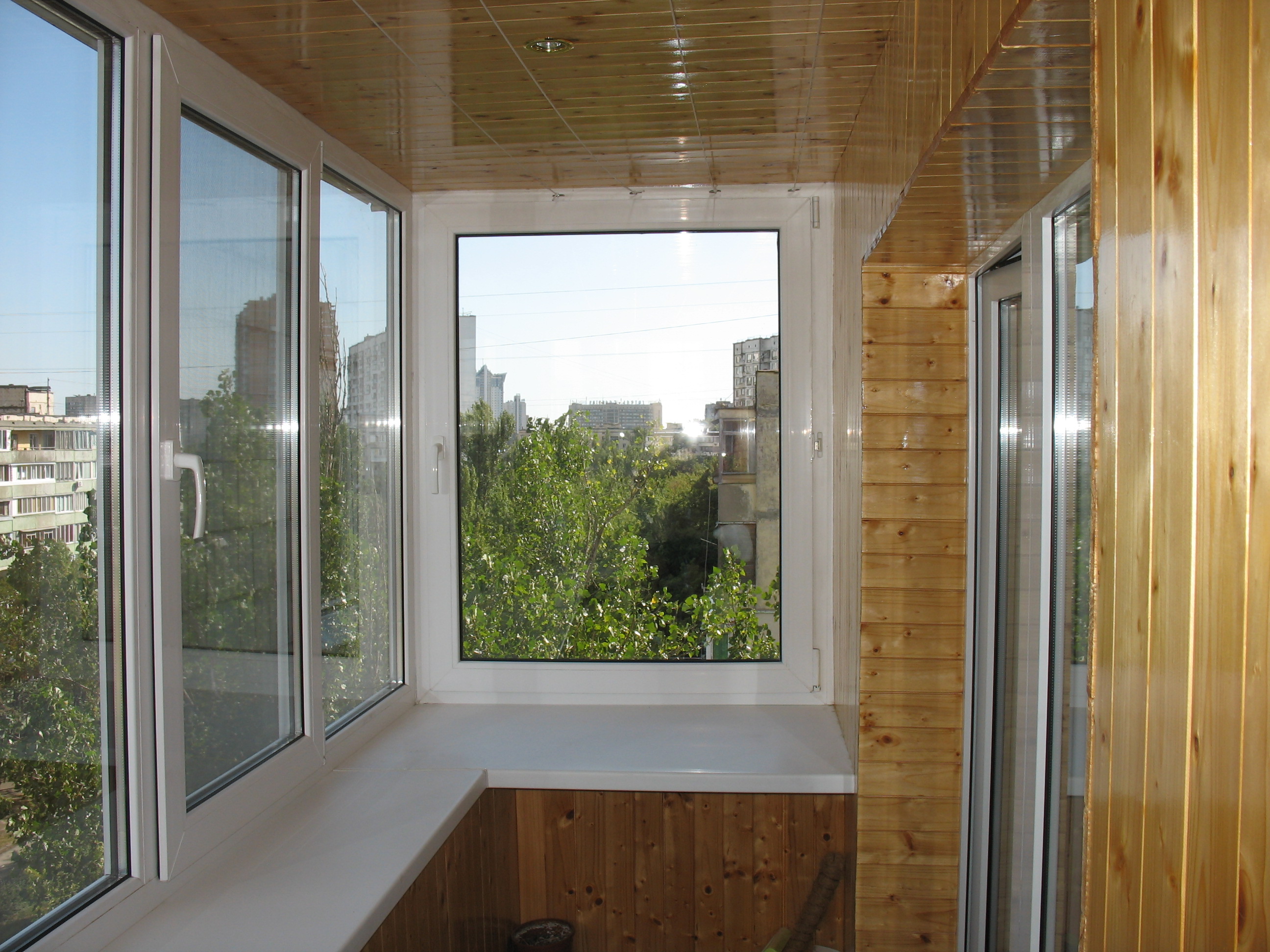
Often the roof of the balcony in multi-storey buildings is the neighbor's balcony slab. It is necessary to pay attention to its condition and, if it is deplorable, agree with the neighbors on synchronous repairs in order to subsequently avoid problems and alterations.
Before starting work, it is necessary to order new high-quality glazing (for example, double-glazed windows with three glasses, which will reduce heat loss) and prepare for the cladding and insulation of the balcony (remove the old glazing, take out the accumulated things and debris). The loggia is insulated using the same technology as the balcony.

The technology of insulation and internal facing of the balcony and loggia consists of several stages.
One layer of roofing material is placed on the floor, the joints are glued with a tape of sealant. From above, every 0.5 m, set at the level of a log from a bar (its thickness is equal to the height from the floor to the balcony door minus the thickness of roofing material, rough material and top trim).

Lags are pretreated with an antiseptic. Mineral wool slabs are laid in the space between them. A layer of vapor barrier made of polyethylene film is fixed on top with a stapler. With the help of self-tapping screws, the sub floor is attached.
Thermal insulation of the ceiling and walls
All cracks are treated with polyurethane foam, glued sealed tape... Starting from the border, a 50 * 40 mm timber is attached to the walls and ceiling every 0.5 m. Waterproofing of walls and ceilings can be made from a thick plastic film, which is fixed with a stapler on a bar.
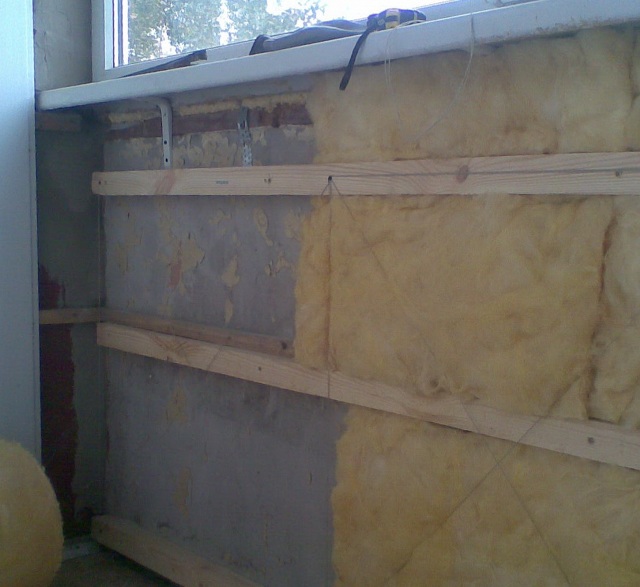
It should fit snugly against the surface.
At this stage, electricity can be installed on the balcony. The sockets and switches in this room must be exclusively external.
Then, just like on the floor, mineral wool slabs are laid: first on the ceiling, then on the walls. It is better to install denser slabs on the ceiling. Minvata is glued to special glue, diluted to the consistency of thick sour cream. It is applied to the slabs with broad strokes.
Carefully bend the material with a "hump" in the middle, put it into the gap of the lathing, press it over the entire area so that it fits snugly. Mineral wool slabs should be slightly larger than the size of the nest intended for it, since subsequently they will shrink slightly and voids may form. After the glue dries, the insulation is attached to the dowels-fungi.
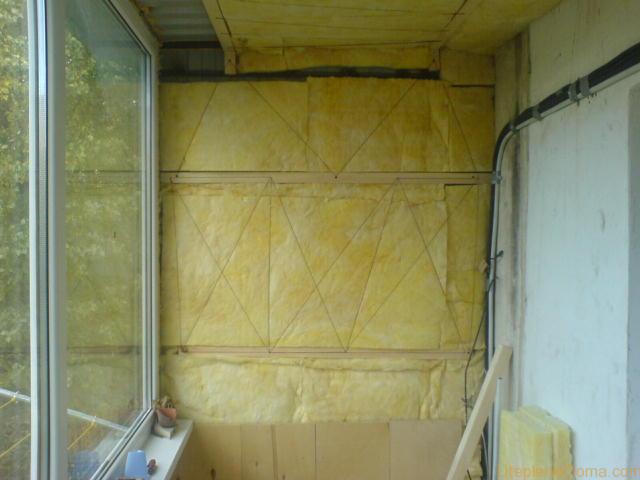
A layer of vapor barrier made of a thick polyethylene film is mounted on top. The joints are glued with tape.
Finishing with facing material
The ceiling and walls (in this sequence) are sheathed with sheets of plywood, chipboard, clapboard, MDF, plastic. In order not to make the balcony structure heavier, it is not recommended to plaster the surface.
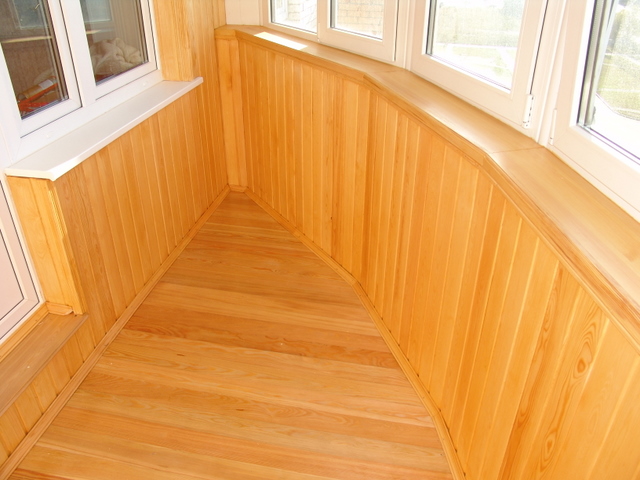
The function of the lathing for the facing material will be performed by the frame for the insulation.
Finishing the floor
As a floor covering on a balcony or loggia, you can use laminate, linoleum, warm water or electric floor, lining. The material laid diagonally or across the balcony will visually increase its space.
Between the ceiling, walls and floor, plywood or chipboard (if they were used as facing material), fillet joints are sealed with a sealant.
Walls can be pasted over with wallpaper, painted.
The last step is the installation of skirting boards that will close the gaps between the structures.
Install high-quality glazing on the balcony or loggia, properly insulate them, and coat from the inside beautiful material, and you will get an additional room, which will be not only warm, but also cozy and comfortable.



